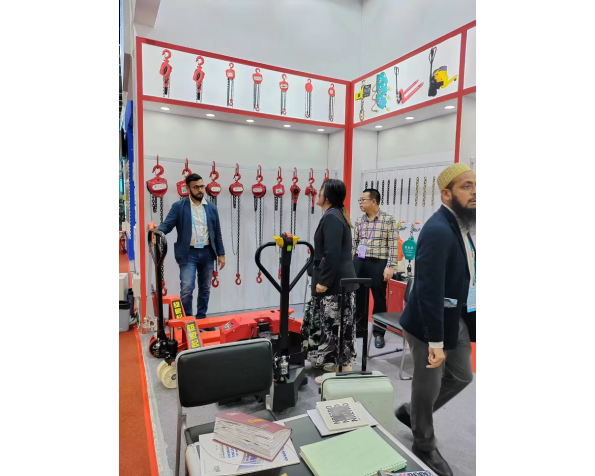


Understanding Industrial Fall Protection Equipment
In various industries, safety is of paramount importance. One of the most critical aspects of workplace safety is protecting employees from falls. Falls are a leading cause of injuries and fatalities in many sectors, including construction, manufacturing, and warehousing. To mitigate these risks, industries must invest in reliable fall protection equipment. This article explores the types of fall protection equipment, their significance, and best practices for their use.
Types of Fall Protection Equipment
1. Personal Fall Arrest Systems (PFAS) PFAS are designed to stop a worker from falling and prevent them from hitting the ground. A typical PFAS consists of a full-body harness, a lanyard, and an anchor point. The harness distributes the force of a fall over the body, minimizing injury. Workers must be trained on how to wear and use this equipment properly.
2. Guardrails Guardrails serve as a physical barrier at elevated work sites, such as rooftops and scaffolding. They are effective in preventing falls by creating a protective boundary. Guardrails must adhere to specific height and design standards to ensure maximum safety.
3. Safety Nets Safety nets are installed below potential fall areas to catch workers or materials. These nets are particularly useful in construction sites where overhead work is common. Proper installation and regular inspections are essential to ensure the nets can function effectively in case of a fall.
4. Scaffolding Scaffolding is used to provide temporary structures for workers to conduct tasks at height. It must be properly erected and maintained to ensure worker safety. Regular inspections can prevent accidents due to structural failures.
5. Ladders and Stairways When working at heights, the choice of access equipment is crucial. Ladders should be stable and fully extended, while stairways should be well-lit and equipped with handrails. Using these tools correctly is essential to prevent slips and falls.
6. Anchor Points Anchor points must be securely attached to a structure and designed to withstand the forces exerted during a fall. The use of certified anchor points is essential for enhancing overall safety.
The Importance of Fall Protection Equipment
Investing in fall protection equipment is not merely a regulatory requirement; it is an ethical responsibility to ensure the safety of workers. The consequences of falls can be severe, leading to serious injuries, disabilities, and fatalities. Moreover, workplace accidents can result in significant financial burdens for employers, including medical expenses, legal fees, and lost productivity.

Implementing an effective fall protection program can enhance employee morale and trust in the organization. When workers feel that their safety is prioritized, they are more likely to be engaged and productive. Additionally, organizations that emphasize safety are often viewed more favorably in their respective industries, contributing to a positive brand image.
Best Practices for Using Fall Protection Equipment
To maximize the effectiveness of fall protection equipment, certain best practices should be followed
1. Training All employees should receive comprehensive training on the proper use and maintenance of fall protection equipment. Regular refresher courses can help reinforce safety protocols.
2. Inspection Regular inspections of fall protection equipment are necessary to ensure that everything is in good working order. Any damaged or worn-out equipment should be reported and replaced immediately.
3. Risk Assessment Conduct thorough risk assessments to identify potential fall hazards in the workplace. Address these hazards through appropriate safety measures, including the installation of necessary equipment.
4. Clear Communication Establish clear communication protocols for reporting unsafe conditions or incidents. Encourage workers to speak up about safety concerns without fear of reprisal.
5. Culture of Safety Foster a culture of safety within the organization by promoting awareness and responsibility among all employees. A collective commitment to safety can significantly reduce the risk of accidents.
Conclusion
In conclusion, industrial fall protection equipment is essential for safeguarding workers from the hazards associated with working at heights. By understanding the different types of fall protection systems and implementing best practices, organizations can create a safer work environment. Prioritizing safety not only protects employees but also enhances overall productivity and fosters a positive workplace culture. Investing in adequate fall protection equipment is a critical step in promoting a safe and responsible industrial environment.



